The Extracellular Matrix Pharmacology Symposium 2022, aka ECM2022, took place in Copenhagen a couple of weeks ago. The focus of this three-day meeting was very much on the role of collagens and other extra-cellular matrix components in health and disease.
What did we learn?
A lot about the basic structure and function of matrix proteins, and their respective roles in areas such as oncology and fibrosis. It is clear that they provide a structure and a platform to maintain tissue architecture, and to allow cells to main their integrity and function. There were several interesting presentations on the emerging role for collagen type VI is in the control of cell function. It appears that fragments derived from either its synthesis or degradation can control the proliferation and activation of cells associated with fibrosis and inflammation. Could these findings lead to new drug targets?
Biotech and pharma were well represented at ECM2022. We heard updates from BMS, Boehringer Ingelheim, Galecto, Pliant, iOnctura and others on their novel anti-fibrotic and anti-tumour therapies that target the matrix that are in currently clinical development. Of these, the aVb1/b6 integrin antagonist from Pliant appears the most advanced in Phase 2a.
Drug Discovery and Development
One area of particular interest for TherapeutAix was how ECM-derived biomarkers are used in drug discovery and development. The value of ECM-derived biomarkers in drug development is understood (e.g., in clinical trial design and drug effects), but their potential in pre-clinical drug discovery is less clear. This was the subject of a poster and short talk (3 minutes – a sort of turbo TED talk!) we presented at the conference.
Our poster reviewed published and in-house data from pre-clinical, translational, and early clinical studies on novel therapeutics in fibrotic disease, such as idiopathic pulmonary thrombosis (IPF). The data were analysed in the context of value in making decisions to progress novel therapeutics through the drug discovery stage-gates. We looked at the use of ECM-derived biomarkers in (1) driving compound lead optimisation (LO) and compound selection; and (2) their use in translational studies to select compounds for early clinical trials
The analysis indicated that the use of ECM biomarkers can support key decisions in each of these aspects. Good examples of their use include (i) identifying and validating novel targets; (ii) repurposing of compounds in pre-clinical studies; and (iii) generating pre-clinical PK/PD data to direct early clinical Phase 1 studies.
Limitations of ECM-derived biomarkers
However, there are also limitations in current use of ECM-derived biomarkers in non-clinical research. Firstly, the availability of suitable pre-clinical models has, in part, restricted their use. The rodent bleomycin model has been widely used in IPF drug discovery. But in the past decade there have been over 20 failures in late-stage clinical trials despite preclinical studies suggesting efficacy of novel compounds in this in vivo model. It may be argued that the bleomycin model is not predictive per se, or simply that it is used inappropriately. However, the value of the bleomycin and other fibrosis models may be enhanced by the use of disease relevant ECM-derived biomarkers as endpoints.
More recently, cell-based and tissue-based systems (e.g., 3D cultures of fibroblasts, precision-cut lung slices) in combination with ECM-derived biomarkers have proved valuable in LO and candidate selection studies, generating data that can be translated to the clinic. Secondly, the value of ECM-derived biomarkers in clinical studies may be limited to patient selection for proof-of-concept Phase 2 studies (e.g., by enriching the trial population with “progressors”), rather than being used as a clinical endpoint per se. This was borne out at the conference with data presented by BMS from the FALCON1 Phase 2b clinical study looking pegylated-FGF (BMS-986036) in NASH liver fibrosis, where “some ECM biomarkers moved…but not the clinical end-point”. Once suggestion is that the trial result was a false negative (unlikely). More likely the data reflects the relationship between plasma ECM biomarkers and (liver) matrix turn-over is currently unclear.
Further, an ECM-derived biomarker has yet to be accepted as an approvable endpoint by regulators. Their experimental use in clinical studies has not evolved to a point where ECM biomarkers are validated surrogates for current clinical endpoints (such as lung function measurement in IPF).
So, what can we conclude?
Firstly, ECM-derived biomarkers, in combination with recently developed in vitro and ex vivo pre-clinical and translational assays, certainly have the potential to be valuable and effective in early decision making in the optimisation and selection of novel compounds, and in generating data about their use in combination with current standards of care. However, clinical utility of current ECM-derived biomarkers may be limited to guiding patient selection for trials. Given the wide range of potential ECM-derived biomarkers, future studies could identify one or more that could provide a sensitive and reliable clinical end point. In combination with their use in pre-clinical studies, this would improve the speed and success in the identification, optimisation, selection, and, eventually, development of novel therapeutics for fibrosis.
According to its main organiser, Morten Karsdal (Nordic Bioscience), it is hoped that this conference will become an annual event (and you may remember our blog with comments to last year’s symposium). There is no reason it should not be the case, given the great location and organisation and the quality of the science presented and discussed. Plus, it was great to get together face to face after the 2 year, COVID-induced absence.
If the organisers’ wish comes true, then we should look forward to more interesting data from pre-clinical and clinical biomarker studies, together with data from the wider aspects of matrix biology, being presented at ECM2023, ECM2024 and beyond.
Watch this space! In the meantime, do contact us to learn how assessment of matrix biomarkers can be built into preclinical and early clinical programs to derisk your project.

